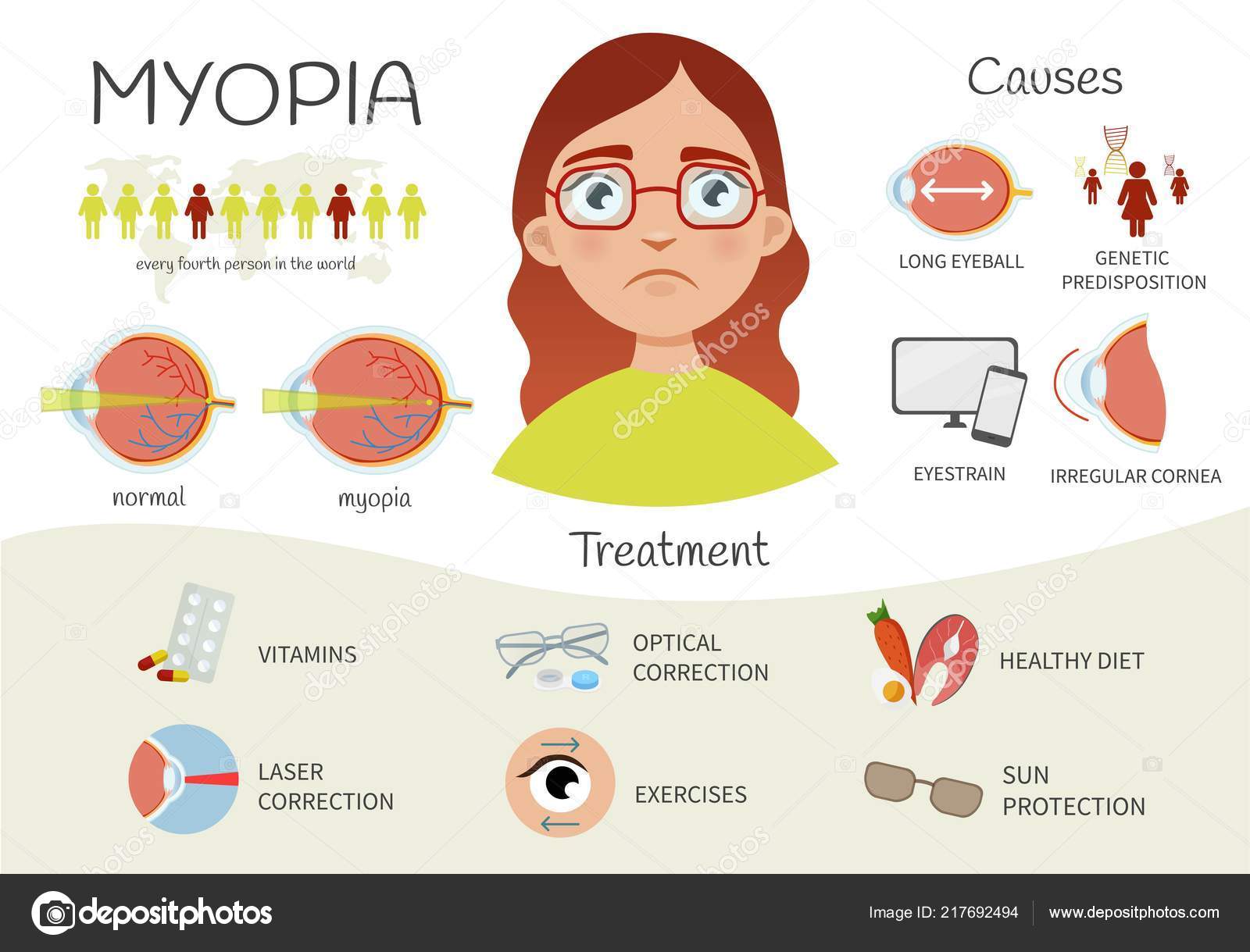Are You Interested In Learning About The Differences Amongst SMILE, LASIK, And PRK Eye Surgical Procedures?
Are You Interested In Learning About The Differences Amongst SMILE, LASIK, And PRK Eye Surgical Procedures?
Blog Article
Writer-Weber Vincent
If you have actually been considering SMILE eye surgery, you could question just how it stacks up against LASIK and PRK. Each procedure has its very own collection of advantages and considerations. From quicker recuperation times to possible threats, there are key differences you ought to know before choosing. Recognizing these differences will help you make an enlightened selection that aligns with your particular demands and assumptions. Curious to know more about exactly how these treatments contrast in detail? Continue discovering to acquire a thorough understanding of SMILE, LASIK, and PRK.
SMILE Eye Surgical Procedure Review
If you're considering SMILE eye surgery, you'll locate it to be a minimally intrusive treatment with a quick recovery time. Throughout SMILE (Small Incision Lenticule Removal), a laser is used to produce a tiny, specific incision in the cornea to eliminate a tiny piece of tissue, reshaping it to fix your vision. This differs from LASIK, where a flap is created, and PRK, where the outer layer of the cornea is totally removed.
One of the essential benefits of SMILE is its minimally invasive nature, causing a faster healing process and less pain post-surgery. The recovery time for SMILE is fairly fast, with several individuals experiencing enhanced vision within a day or 2. This makes it a preferred choice for those looking for a practical and reliable vision improvement treatment. In addition, SMILE has been shown to have a lower danger of completely dry eye disorder compared to LASIK, making it a beneficial choice for people worried concerning this potential adverse effects.
Distinctions Between SMILE, LASIK, and PRK
When comparing SMILE, LASIK, and PRK eye surgical procedures, it's important to understand the distinctive methods utilized in each treatment for vision adjustment.
SMILE (Small Incision Lenticule Removal) is a minimally intrusive procedure that involves developing a small incision to remove a lenticule from the cornea, improving it to fix vision.
https://messiahpvcip.smblogsites.com/35524602/evo-icl-surgery-a-comprehensive-guide-to-aid-you-make-informed-decisions (Laser-Assisted In Situ Keratomileusis) entails producing a slim flap on the cornea, making use of a laser to improve the underlying cells, and then repositioning the flap.
PRK (Photorefractive Keratectomy) eliminates the outer layer of the cornea prior to reshaping the tissue with a laser.
which cataract surgery does medicare cover depends on the means the cornea is accessed and dealt with. SMILE is flapless, making it a great choice for people with slim corneas or those involved in call sporting activities. LASIK Eye Prices because of the flap creation, yet it may present a greater risk of flap-related difficulties. PRK, although having a longer healing duration, prevents flap-related concerns altogether.
Comprehending these variations is crucial in choosing the most suitable treatment for your vision correction demands.
Benefits And Drawbacks Contrast
To evaluate the benefits and disadvantages of SMILE, LASIK, and PRK eye surgical procedures, it's necessary to take into consideration the particular advantages and possible restrictions of each treatment. SMILE surgery offers the benefit of a minimally intrusive treatment, with a smaller sized cut and possibly quicker recovery time contrasted to LASIK and PRK. It likewise reduces the risk of completely dry eye post-surgery, a typical negative effects of LASIK. Nevertheless, SMILE may have limitations in treating greater levels of nearsightedness or astigmatism contrasted to LASIK.
LASIK surgical procedure gives rapid visual healing and very little discomfort during the procedure. It's highly reliable in treating a wide variety of refractive mistakes, consisting of nearsightedness, hyperopia, and astigmatism. Yet, LASIK brings a threat of flap complications, which can influence the corneal structure.
PRK eye surgical treatment, while not as prominent as LASIK, prevents developing a corneal flap, decreasing the danger of flap-related difficulties. It's suitable for clients with thin corneas or uneven corneal surface areas. Nonetheless, PRK has a much longer recuperation time and may involve more discomfort during the healing process.
Conclusion
So, when it comes to picking in between SMILE, LASIK, and PRK, think about it like selecting the ideal pair of footwear. SMILE is like a smooth, comfy set of sneakers - fast and easy.
LASIK is much more like fashionable high heels - flashy and quickly, yet with some prospective threats.
PRK is like tough treking boots - trustworthy and sturdy, however requiring a bit more effort and time.
Ultimately, the most effective choice relies on your private requirements and preferences.
